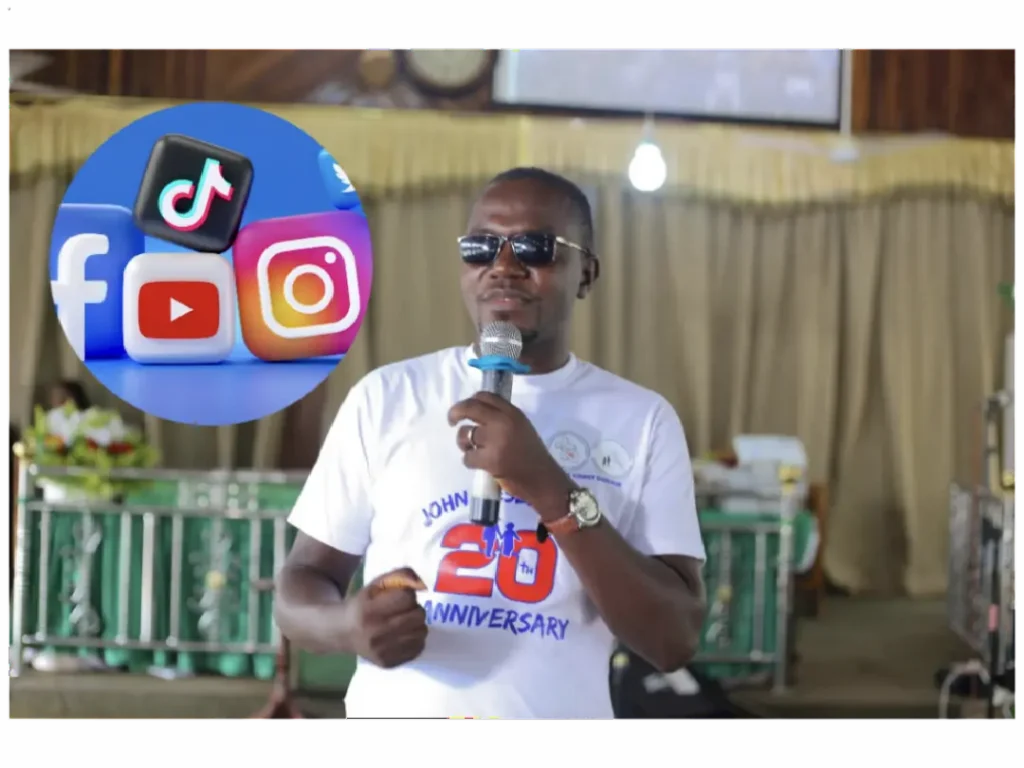Shared By Emmanuel Prah
Social media platforms have revolutionized communication across Ghana and Africa, connecting communities and creating unprecedented opportunities for self-expression. However, this digital transformation has brought with it complex challenges regarding content standards and cultural values that deserve serious consideration.
The Current Landscape
Across platforms like Facebook, Instagram, TikTok, and X (formerly Twitter), Ghanaian and African content creators increasingly push boundaries in their quest for visibility and engagement. The algorithm-driven nature of these platforms often rewards provocative content with higher reach, creating a cycle where explicit material gains more attention than traditional content.
This trend has become particularly pronounced among young female content creators who may feel pressured to use their bodies as primary tools for gaining followers and monetizing their online presence. The “body positivity” movement, while important for self-acceptance, has sometimes been misinterpreted as encouragement for increasingly explicit content.
The Ripple Effects on Society
The proliferation of explicit content on social media platforms creates several concerning impacts on Ghanaian and African communities:
Youth Development Concerns: Young people, who make up a significant portion of social media users, are exposed to content that may not align with traditional values or healthy relationship models. This early exposure can influence their understanding of self-worth, relationships, and appropriate behavior.
Cultural Erosion: Ghana and many African societies have rich traditions that emphasize modesty and respect for the human body. The normalization of explicit content on social media can create tension between traditional values and modern digital culture.
Economic Pressure: Content creators may feel economically pressured to produce increasingly explicit material to maintain relevance and income, potentially compromising their long-term reputation and well-being.
Family and Community Dynamics: Parents and community leaders struggle to guide young people when popular role models on social media appear to contradict traditional teachings about appropriate behavior and self-presentation.
The Path Forward
Addressing this challenge requires a multi-faceted approach that respects individual freedom while protecting community values:
Digital Literacy Education: Schools and communities need comprehensive programs that teach young people about the long-term consequences of their digital footprint and help them understand how algorithms work.
Platform Responsibility: Social media companies should implement better content filtering systems and age-appropriate algorithms that don’t disproportionately promote explicit content.
Alternative Success Models: Highlighting successful content creators who build their brands on talent, skills, and positive messaging can provide alternative pathways to online success.
Community Dialogue: Open conversations between generations about digital culture, personal values, and the intersection of tradition and modernity can help bridge understanding gaps.
Conclusion
The challenge of explicit content on social media platforms in Ghana and Africa is not simply about censorship or moral judgment. It’s about finding a balance that allows for creative expression while preserving the cultural values that strengthen our communities. By working together—creators, platforms, parents, and community leaders—we can create a digital environment that uplifts rather than exploits, and that celebrates the rich diversity of African culture in positive and empowering ways.
The choices we make today about digital content standards will shape the online environment for future generations. Let us choose wisely.
Subscribe to SIRJOE ONLINE for more
